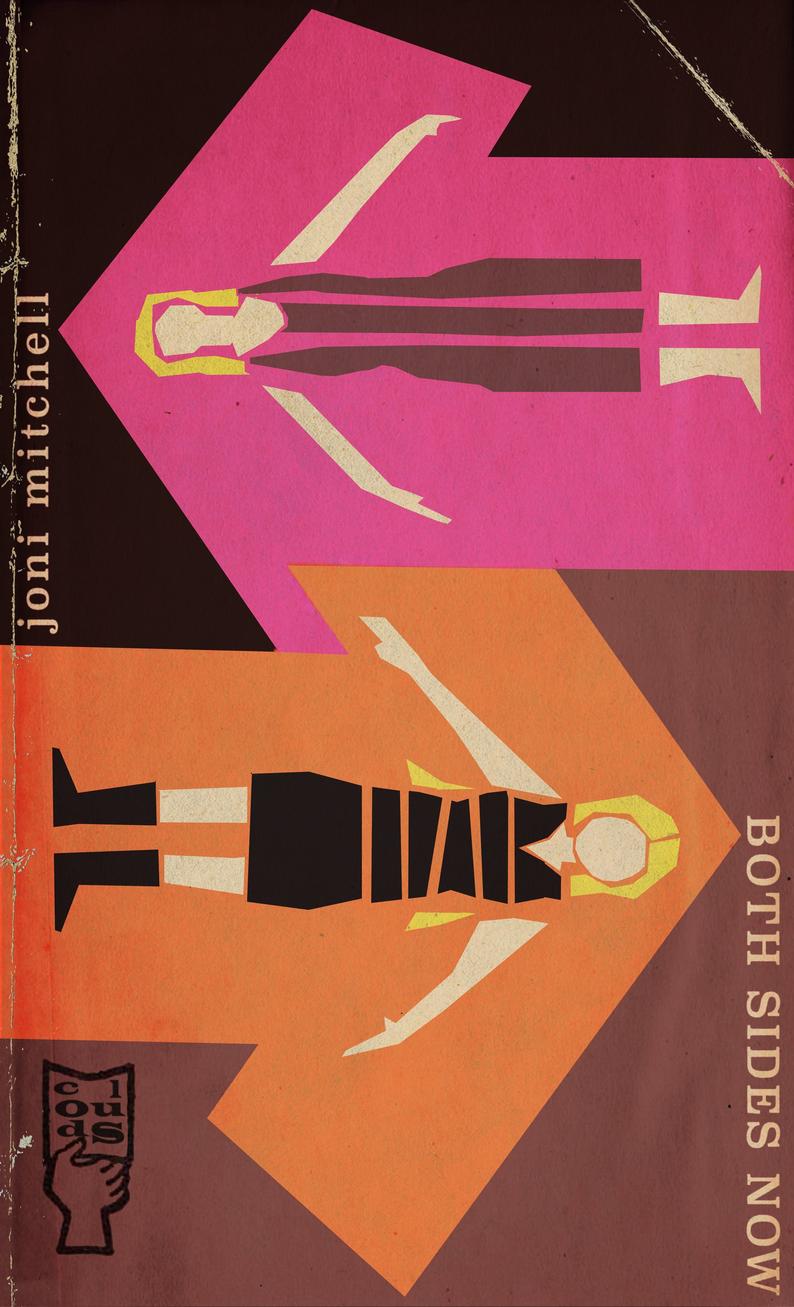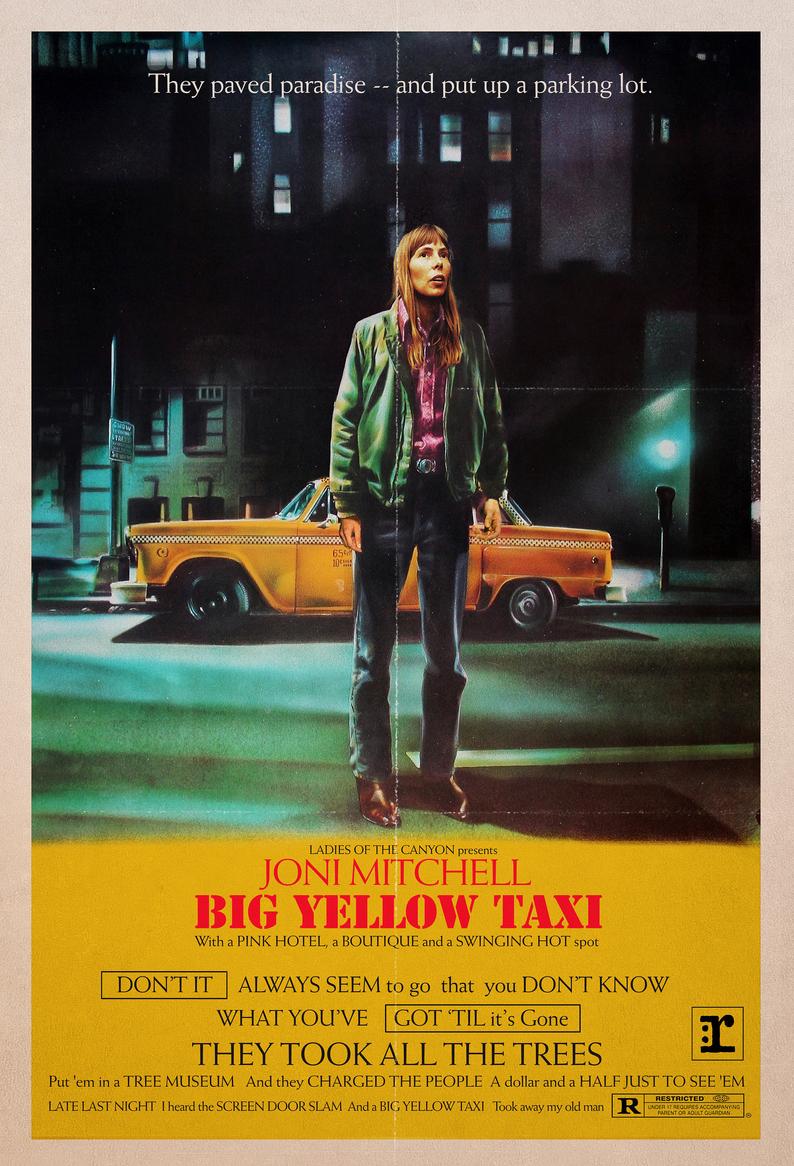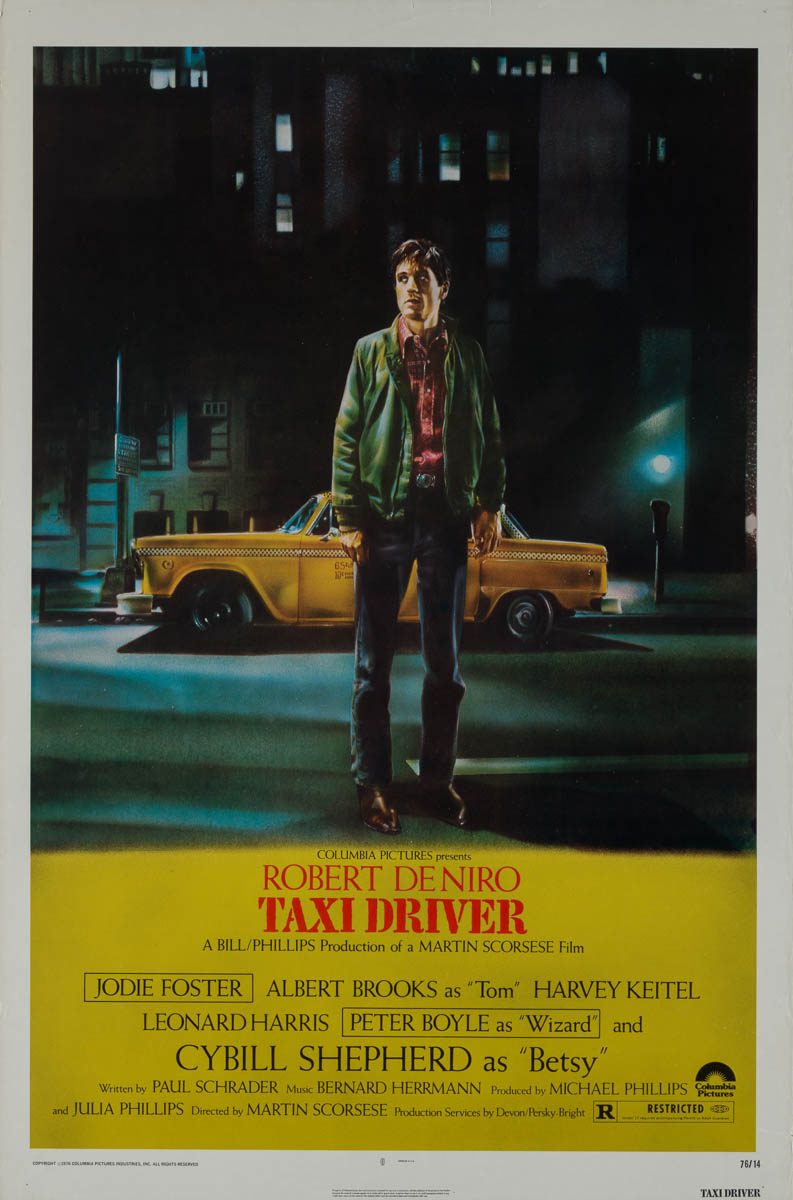Pink Floyd is one of few bands in rock history who could play the ruins of Pompeii without seeming to overreach, but it wasn’t their idea to put on a concert for Roman ghosts in 1971, the year before they recorded their magnum opus Dark Side of the Moon. According to the director Adrian Maben, who filmed the performance in the ancient necropolis, he decided upon the location after losing his passport during a holiday in Italy in 1971. He wandered Pompeii alone in search of it and had an epiphany.
It was strange. A huge deserted amphitheater filled with echoing insect sounds, flying bats and the disappearing light which meant that I could hardly see the opposite side of this huge structure built more than two thousand years ago.
I knew by instinct that this was the place for the film. It had to be here.
Making creative decisions from a chance encounter with echoes and shadows was, nonetheless, fully in keeping with the band’s process. Despite their decision to write accessible lyrics fitting together under a loose concept for their current album, serendipity and chance operations had always played critical roles in the composition of their post-Syd Barrett soundscapes, and became integral to Dark Side’s creation.
As David Gilmour told Guitar World’s Alan Di Perna, early experiments like “Saucerful of Secrets” (inspired by “weird shapes” drawn by Roger Waters and Nick Mason) gave rise to “Atom Heart Mother” and Meddle’s “Echoes,” which the band played in two parts at the beginning and end of the Pompeii concert film. These songs, Gilmour says, “all lead logically to Dark Side of the Moon.”
And they led through Pompeii, where the band was first “unleashed on film,” as one theatrical poster put it, before they were unleashed on thousands of new fans after Dark Side’s release in December. Where the filmed concert highlighted the band’s mastery of experimental space rock, the album brought this sensibility under the discipline of Roger Waters’ sharp songwriting and Gilmour’s stunning guitar playing and arranging.
Though he is modest about it, Gilmour’s contributions came increasingly to define the band’s massive sound in the early 70s. His role, as he told Di Perna, was “to help create a balance between formlessness and structure, disharmony and harmony.” He was, writes Rolling Stone, “a fiery, blues-based soloist in a band that hardly ever played the blues,” but he was just as “adept at droning avant-garde improv,” “Chic-like flourishes,” and “floating, dreamy textures,” all qualities ensuring that Pink Floyd’s music rose to the level of their creative ambitions.
So when Gilmour returned to Pompeii in 2016, without his Pink Floyd band members, to play the first live public concert the city’s amphitheater had seen in almost 2000 years—and the only laser light show it had ever seen—the performance didn’t seem like overreach at all. Above, see him play “Shine on You Crazy Diamond” and “Comfortably Numb” with a full backing band (including Chuck Leavell on keyboards, singing Roger Waters’ parts on the latter song). The massive stage show and huge, smartphone-toting audience makes this footage more arena rock show than the performance art of the original concert film, but the grandeur of the music, and Gilmour’s soaring solos, still justifies the grandeur of the setting.
You can purchase online the Director’s cut of Pink Floyd — Live at Pompeii.
Related Content:
Josh Jones is a writer and musician based in Durham, NC. Follow him at @jdmagness





